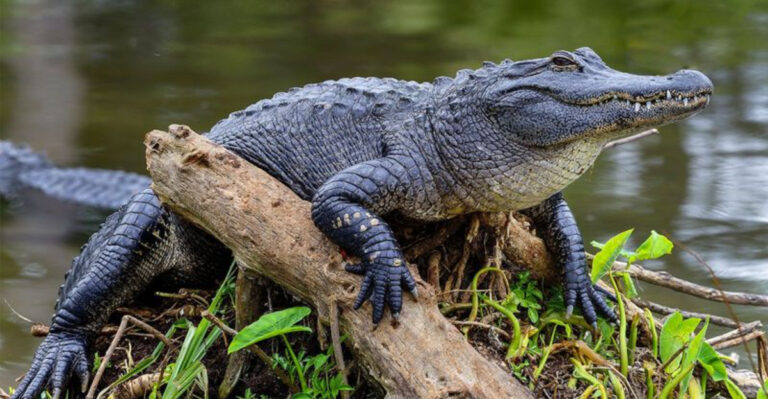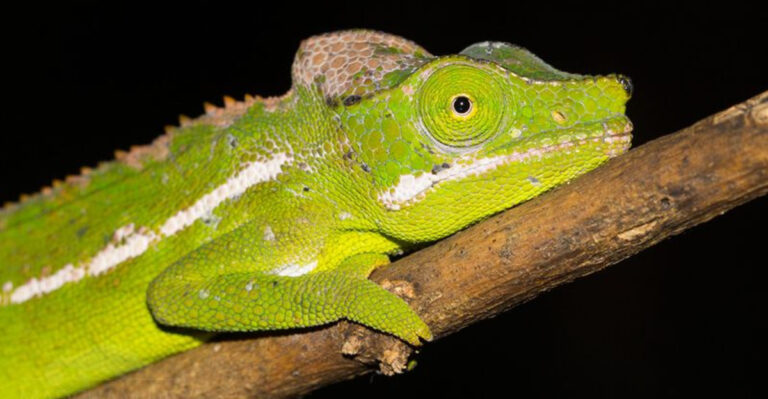10 Leading Elephant Sanctuaries Around The World Where You Can Safely See And Support Elephants
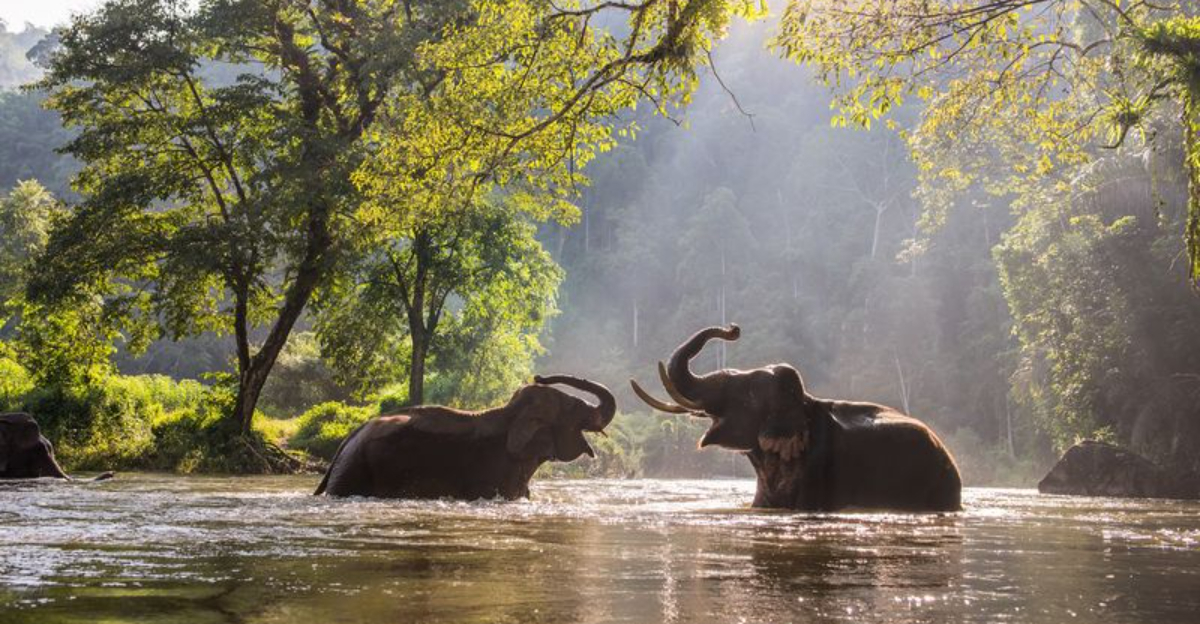
Wild elephants face serious threats from poaching, habitat loss, and exploitation in tourism. Ethical sanctuaries provide these majestic creatures with safe havens where they can live naturally without performing tricks or giving rides.
Visiting these special places not only lets you observe elephants in humane settings but also supports conservation efforts that protect their future.
1. Elephant Nature Park In Chiang Mai, Thailand
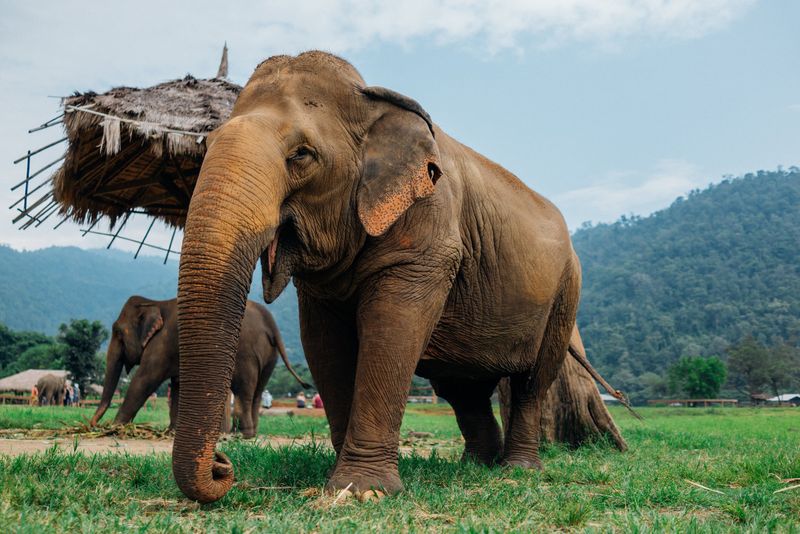
Founded by the remarkable Lek Chailert, this sanctuary has rescued dozens of elephants from logging, street begging, and abusive tourism. Visitors can feed, bathe, and observe elephants roaming freely across sprawling grounds.
The park strictly prohibits riding or performances, focusing instead on education about elephant welfare. You’ll learn about each elephant’s unique rescue story while watching them form natural family bonds.
Beyond elephants, the sanctuary also cares for rescued dogs, cats, and other animals – creating a true haven for all creatures in need.
2. The Elephant Sanctuary In Tennessee, USA
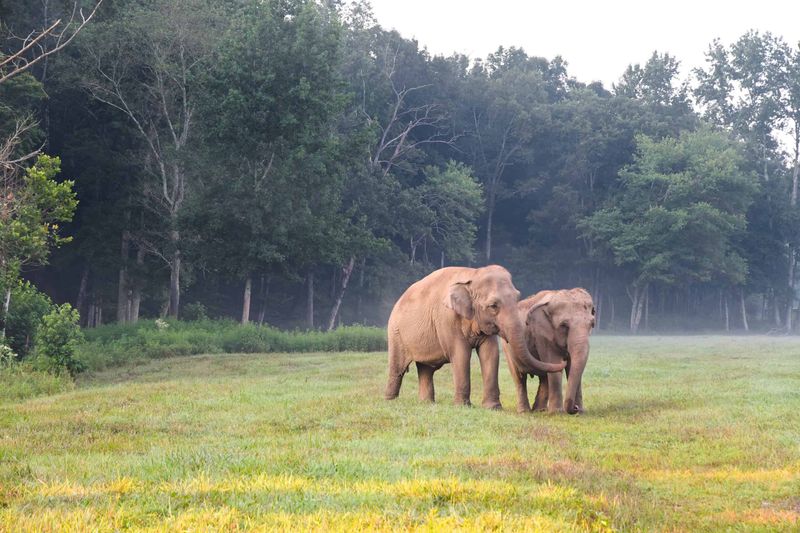
Hidden in the rolling hills of Tennessee sits North America’s largest elephant sanctuary. Spanning over 2,700 acres, this refuge provides a peaceful retirement for elephants formerly held in zoos and circuses. Unlike many sanctuaries, this one doesn’t allow direct visitor contact. Instead, they offer educational programs and live-streaming elephant cameras that let you observe without disturbing the animals’ natural behaviors. The sanctuary focuses on three separate habitats – Asian, African, and quarantine areas – allowing elephants to form social groups according to their species and needs.
3. David Sheldrick Wildlife Trust In Nairobi, Kenya
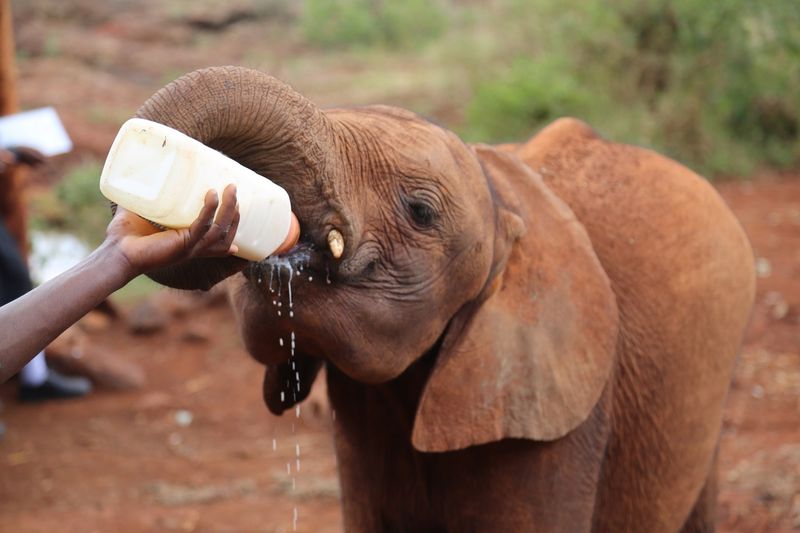
Orphaned baby elephants find a second chance at this renowned Kenyan sanctuary. Each morning, visitors can watch the delightful spectacle of baby elephants enjoying their mud baths and bottle feedings.
The trust’s keepers become surrogate parents, sleeping alongside the youngest elephants and providing round-the-clock care.
As the elephants mature, they gradually reintegrate into wild herds in Tsavo National Park. Their successful orphan rehabilitation program has saved over 260 elephants, with many now having babies of their own in the wild – a true conservation success story.
4. Elephant Haven European Elephant Sanctuary In France
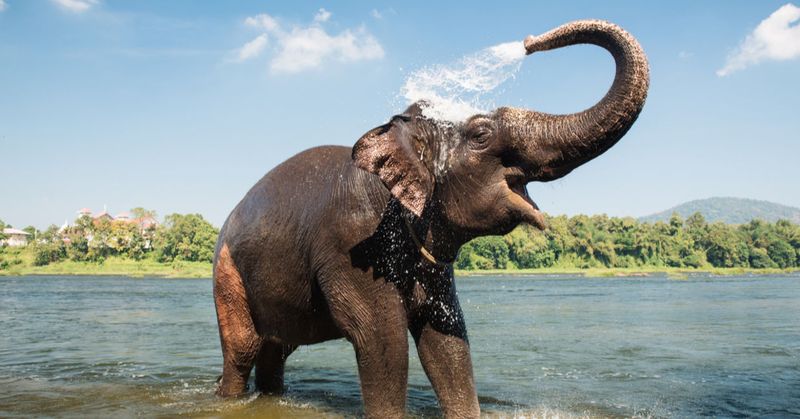
Europe’s first elephant sanctuary offers retired circus elephants a peaceful retirement in the French countryside. Founded in 2016, this pioneering sanctuary provides a much-needed solution for aging elephants as European countries increasingly ban wild animals in circuses.
The sprawling property features specially designed barns with heated floors and natural enrichment areas. Visitors can participate in educational tours that focus on elephant welfare and conservation while observing these magnificent animals from respectful distances.
Their rehabilitation approach helps formerly performing elephants rediscover natural behaviors after decades in captivity.
5. Boon Lott’s Elephant Sanctuary In Sukhothai, Thailand
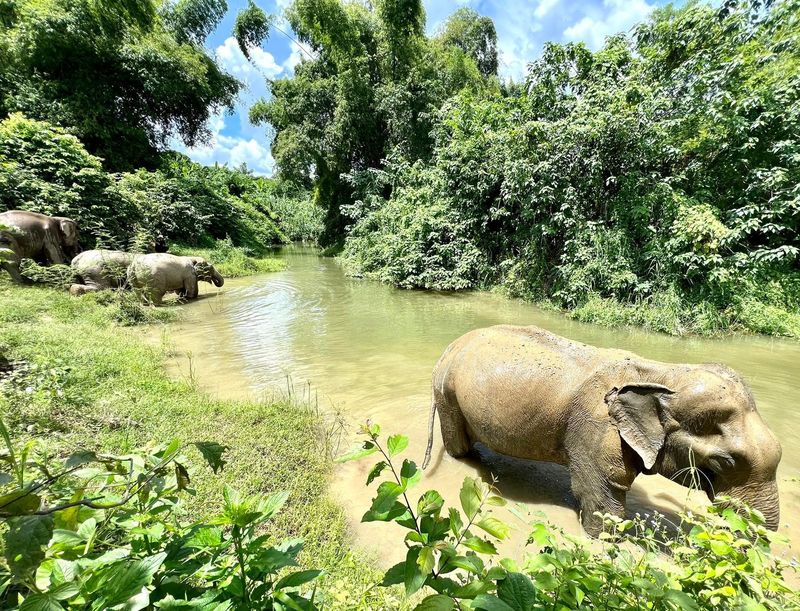
Nestled in rural Thailand, this intimate sanctuary was created by Katherine Connor in memory of a baby elephant named Boon Lott. The sanctuary limits visitors to ensure a peaceful environment for its rescued elephants.
Guests stay in traditional Thai cottages and participate in the elephants’ daily routines – from morning walks through the forest to evening baths in the river. Every aspect of the experience emphasizes respect for the elephants’ natural behaviors.
The sanctuary also works closely with local communities, teaching sustainable practices that help humans and elephants coexist harmoniously.
6. Phuket Elephant Sanctuary In Thailand
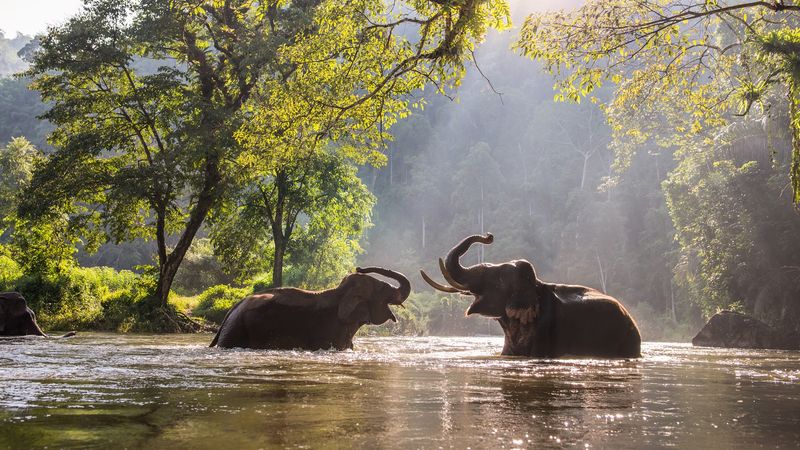
Former logging and trekking elephants enjoy their golden years at this tropical sanctuary on Phuket island. The sanctuary pioneered ethical elephant tourism in Phuket, an area once notorious for exploitative elephant shows and riding camps.
Visitors observe from elevated walkways as elephants forage, play, and socialize naturally. The morning program includes preparing food for the elephants and watching them enjoy their mud baths – essential for their skin health.
Many of the sanctuary’s elephants bear physical and psychological scars from their working past, making their transformation into relaxed, playful beings all the more remarkable.
7. Elephant Freedom Project In Sri Lanka
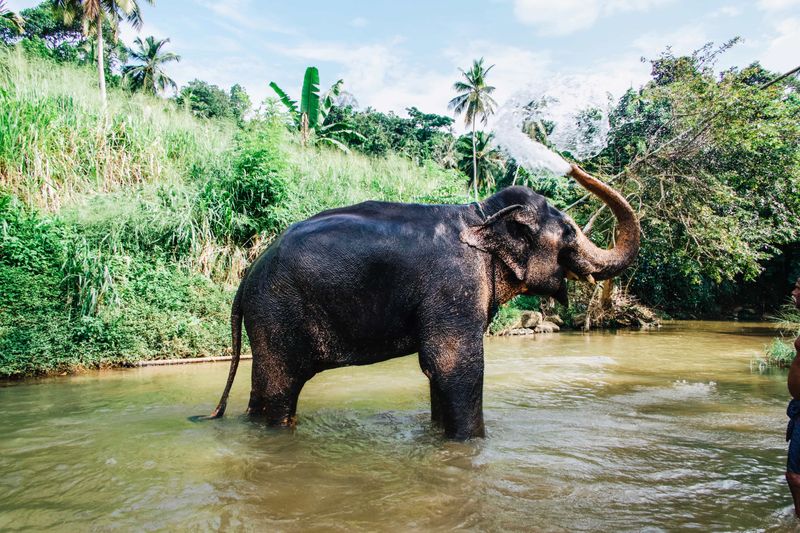
Located in Sri Lanka’s cultural triangle, this family-run sanctuary rescues working elephants from the tourism and logging industries. Unlike larger sanctuaries, this intimate project houses just a few elephants, allowing for personalized care and rehabilitation.
Visitors help gather and prepare traditional herbal medicines for the elephants. You’ll join the elephants on walks through the jungle and observe their natural foraging behaviors without chains or hooks.
The sanctuary’s community-based approach provides alternative livelihoods for former mahouts and educates local schools about elephant conservation – creating sustainable change for both elephants and people.
8. Kulen Elephant Forest In Cambodia
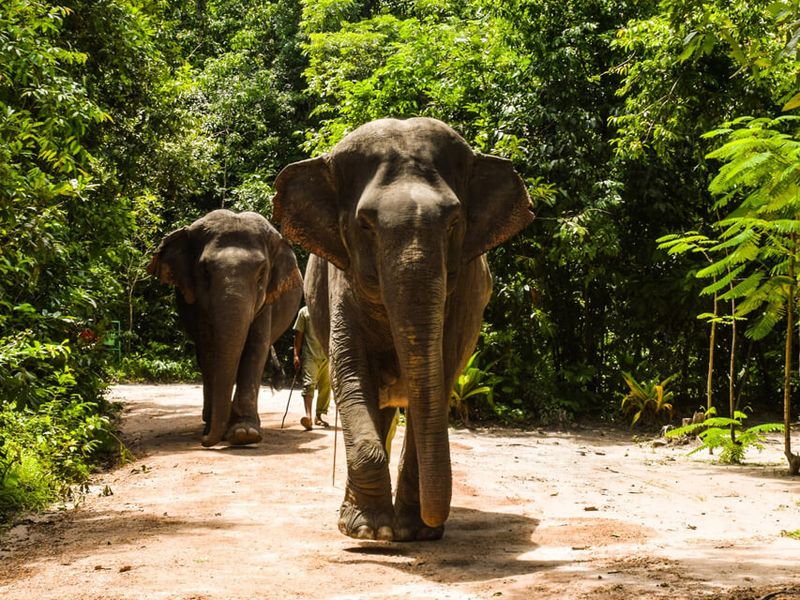
Retired working elephants roam free through 1,100 acres of protected forest at this groundbreaking sanctuary near Siem Reap. After decades of carrying tourists around Angkor Wat, these elephants now enjoy a natural lifestyle in their twilight years.
The sanctuary maintains a strict hands-off policy – no bathing with or touching the elephants. Instead, guided walking tours follow the elephants at a respectful distance as they forage through the forest.
A highlight is watching the elephants cool off in their massive custom-built pool, where natural behaviors emerge as they play and socialize without human interference.
9. Wildlife SOS Elephant Conservation And Care Center In India
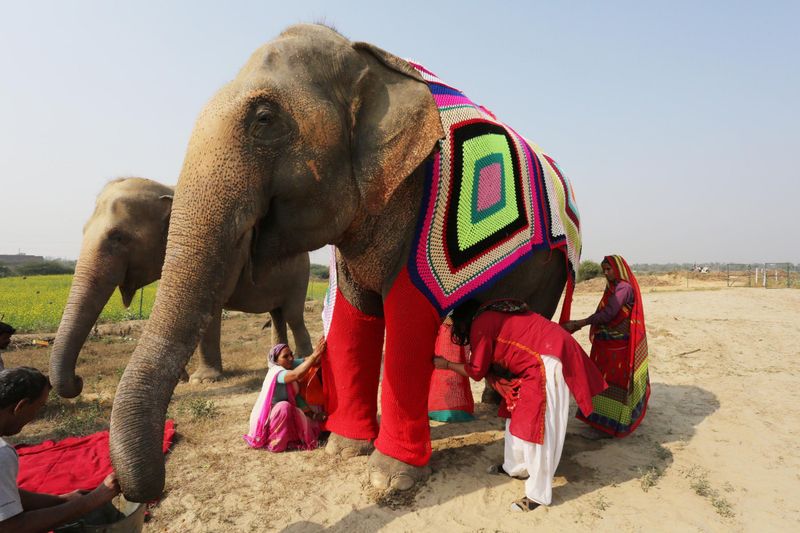
Rescued from illegal captivity, street begging, and temple ceremonies, the elephants at this Mathura sanctuary have heartbreaking backstories. Many arrive with chronic health issues from decades of abuse and neglect.
The sanctuary’s veterinary team provides specialized medical care, including India’s first elephant hospital with hydrotherapy pools. Visitors tour the facility while learning about the threats facing Asian elephants and the center’s anti-poaching efforts.
Their groundbreaking work includes ending the cruel practice of “dancing bears” in India and advocating for stronger wildlife protection laws across South Asia.
10. Reteti Elephant Sanctuary In Kenya
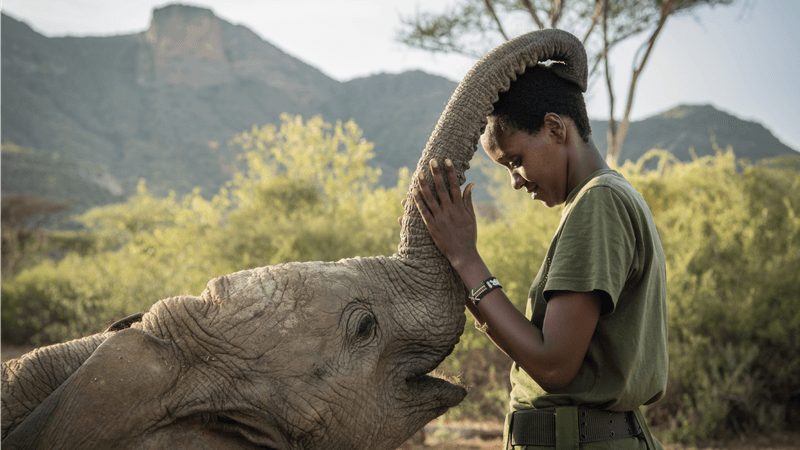
Africa’s first community-owned elephant sanctuary represents a revolutionary approach to conservation. Operated by indigenous Samburu people, this northern Kenya sanctuary rescues orphaned and abandoned elephant calves from drought and conflict situations.
Local women, traditionally excluded from conservation work, make up many of the elephant keepers. They bottle-feed the babies and teach them essential survival skills before releasing them back to wild herds.
Visitors witness the powerful connection between the Samburu community and these elephants. The sanctuary creates sustainable livelihoods while protecting Kenya’s elephant populations – proving conservation works best when local communities lead the way.


